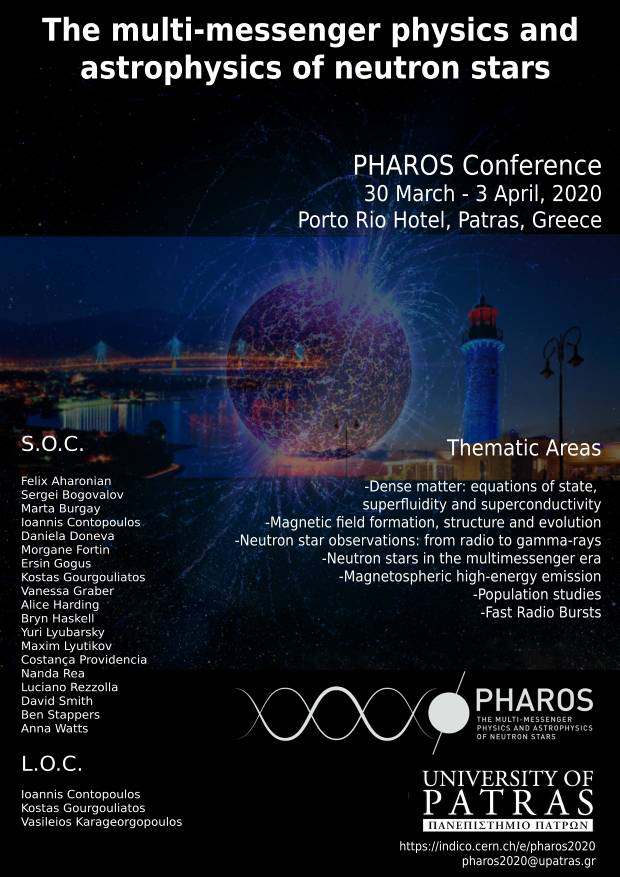Speaker
Description
Being able to determine the stationary structure of a neutron star allows to study its properties, like the parameter space of the equation of state, the mass-radius diagram, and the gravitational wave emission. Moreover, this stationary configuration can be used as initial condition for a much more resource demanding hydrodynamical simulation. A key approximation made for computing the stationary structure of hot and rotating neutron stars is that of barotropicity, namely that all thermodynamical quantities are in a one-to-one relationship, which in turn implies that the specific angular momentum of a fluid element is in a one-to-one relationship with its angular velocity. However, this is a poor approximation for the compact remnant of a core-collapse supernova or of a binary neutron star merger. In this talk I describe how, for the first time, we determine the structure of stationary, hot, rotating neutron stars without the barotropic approximation. To do so, we introduce a potential formulation for the Euler equation, which is a novel technique even in the context of Newtonian stars.

